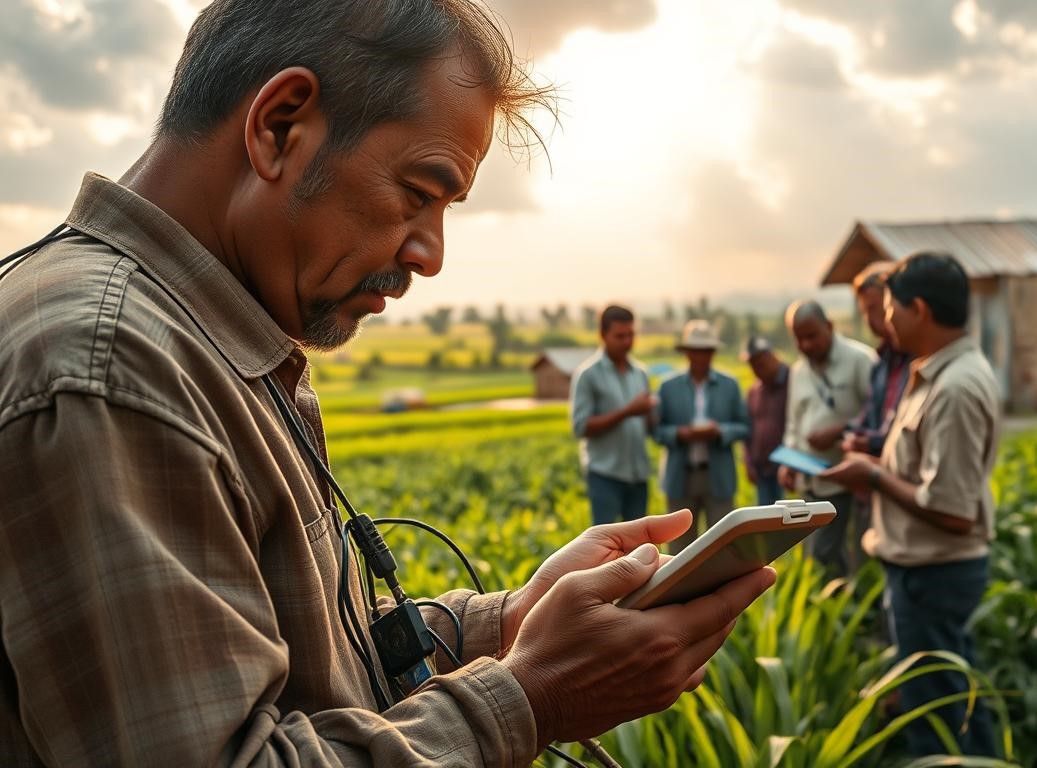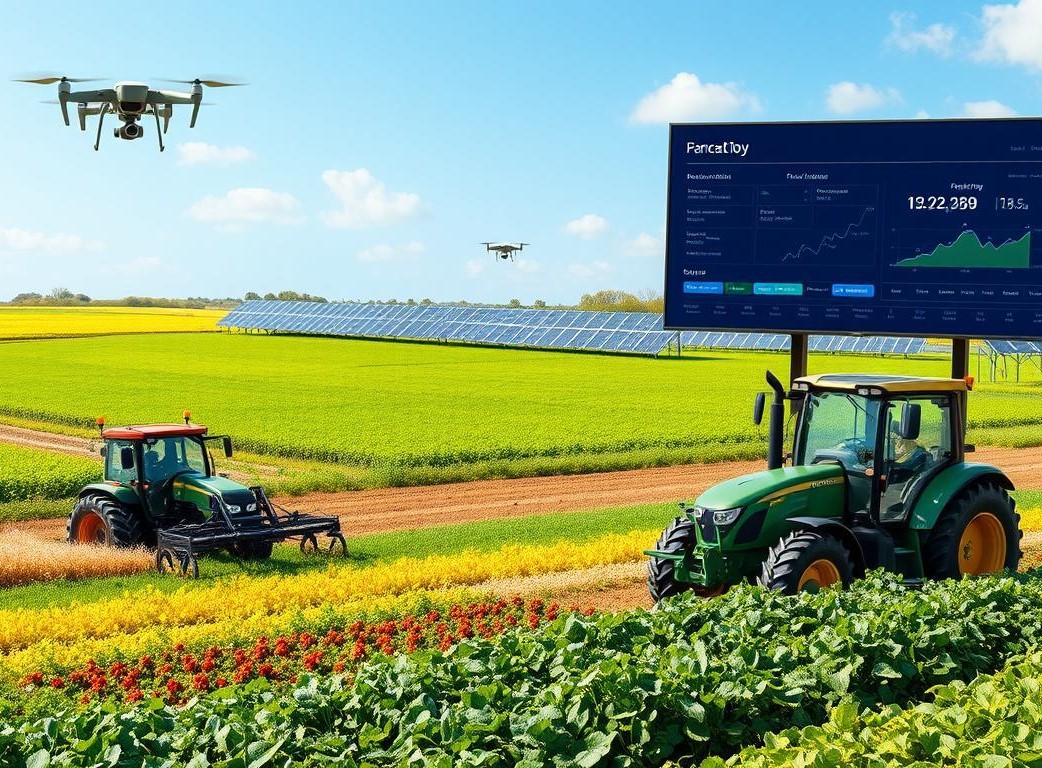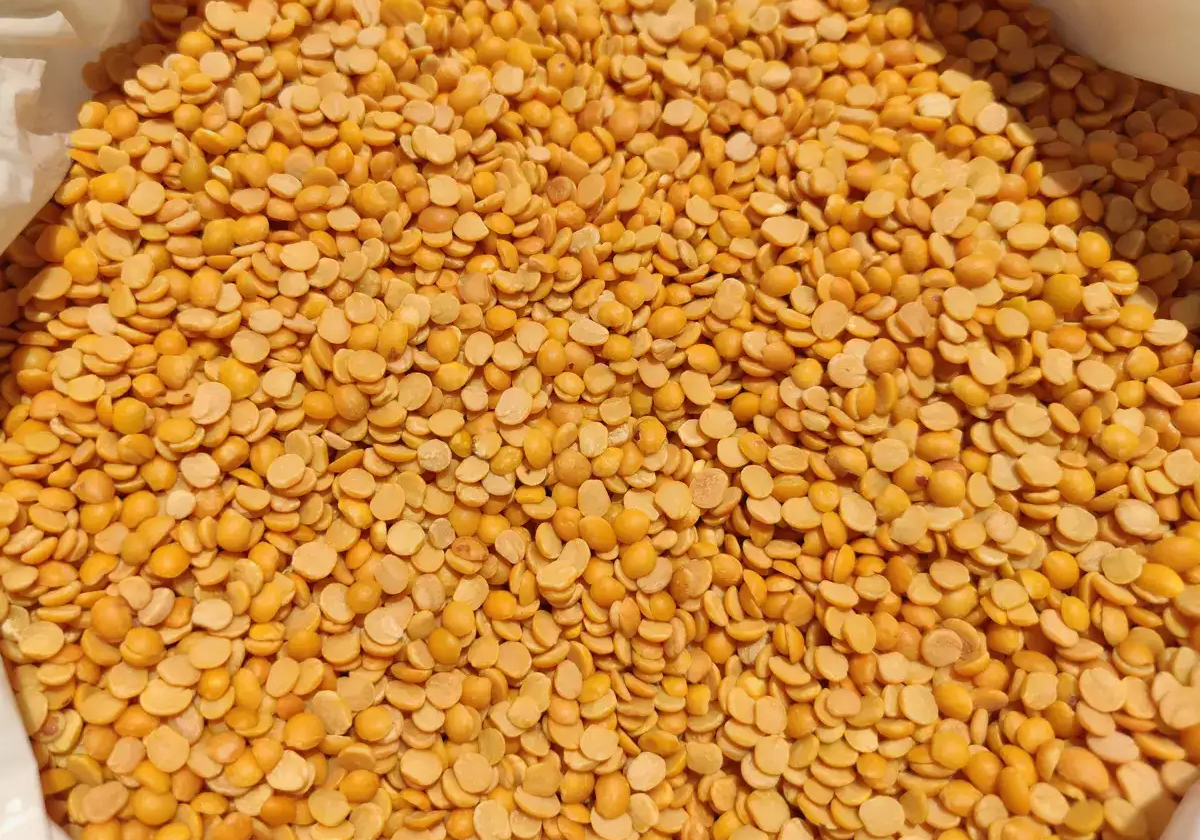Digital Agriculture Mission, approved by the Indian government, marks an ideal shift, aiming to modernise Indian farming by integrating emerging technologies such as AI, IoT, blockchain, drones, and geospatial data analytics. These innovations are not only boosting productivity but are also making agriculture more sustainable and resilient.
The Digital Agriculture Mission is a government-led initiative to leverage cutting-edge technology for precision farming, efficient resource management, and real-time agricultural intelligence. The government had approved the Digital Agriculture Mission on 2nd Sept 2024 with an outlay of Rs. 2817 Crore. An amount of Rs. 54.972 Cr has been allocated for the FY 2025-26.
The Digital Agriculture Mission aims to build a robust, technology-driven agricultural ecosystem. Spearheaded by the Ministry of Agriculture and Farmers Welfare, the mission promotes public-private partnerships and encourages agritech startups to co-create solutions that serve farmers at scale. Central to this effort is the development of Agristack—a digital repository that integrates farmer profiles, land records, crop details, and advisory services. This centralised data infrastructure allows stakeholders to deliver personalised services more efficiently, from credit access to crop insurance.
The government’s vision is to shift Indian agriculture from traditional, input-intensive practices to a data-centric, precision farming model where decisions are guided by real-time information and scientific insights.
The following are the key technologies driving the transformation:
- Artificial Intelligence (AI): AI-powered tools analyse historical data and real-time inputs to deliver predictive insights on weather patterns, pest outbreaks, and crop yields. Platforms like agribazaar help farmers optimise planting schedules, irrigation, and fertilisation, improving productivity and reducing crop losses.
- Internet of Things (IoT): IoT devices such as smart sensors, automated irrigation systems, and GPS-enabled machinery enable precision agriculture by monitoring soil health, moisture levels, and crop conditions. This technology minimises resource wastage and boosts input efficiency.
- Drones and Remote Sensing: Drones transform field surveillance, pesticide spraying, and crop health monitoring. Equipped with high-resolution cameras and sensors, they help assess crop conditions, detect stress early, and improve yield predictions. They reduce human effort and help in real-time crop assessment, a critical tool for insurance and disaster response.
- Blockchain: In agri-supply chains, blockchain enhances traceability, ensuring that consumers and processors can track produce from farm to fork. This improves food safety, reduces fraud, and helps farmers access premium markets by demonstrating sustainable and ethical practices.
- Geospatial and Satellite Technology: GIS and remote sensing help in land use mapping, disaster prediction, and water resource management. Several government platforms assist in yield estimation, crop insurance claims, and disaster recovery efforts.
What is the impact on Indian farmers?
The Digital Agriculture Mission empowers India’s small and marginal farmers, who comprise nearly 86% of the farming community, by providing access to vital digital services. Mobile applications like agribazaar offer farmers transparent price discovery, online marketplaces, weather alerts, and expert advisories. The digitalisation of flagship schemes like PM-KISAN, Kisan Credit Cards (KCC), and the Pradhan Mantri Fasal Bima Yojana (PMFBY) has enhanced the delivery of subsidies, loans, and crop insurance, reducing delays and leakages. Digital soil health cards and real-time monitoring tools are also helping farmers adopt climate-smart, sustainable farming practices, reducing environmental degradation and input overuse.
Furthermore, digital tools enable farmers to participate in carbon credit markets, unlock access to new forms of agricultural financing, and integrate into agri-export value chains.
What are the challenges and the ways to move forward?
While the promise of digital agriculture is immense, several challenges remain. Poor internet connectivity in rural areas, limited digital literacy among farmers, and the high cost of adopting smart devices can hamper large-scale implementation. To overcome these barriers, the government and private sector must invest in rural digital infrastructure, provide affordable digital tools, and deliver targeted capacity-building programs to equip farmers with the necessary skills.
There is also a pressing need to ensure data privacy and security, particularly as sensitive farmer and land data become increasingly digitised under initiatives like Agristack. Strong regulatory frameworks and transparent governance will be essential to build trust and encourage adoption.
agribazaar’s Role in Supporting the Digital Agriculture Mission
By offering a comprehensive digital marketplace, agribazaar — one of India’s leading agritech platforms — connects farmers directly to buyers, ensuring fair price discovery, transparent transactions, and minimised reliance on intermediaries.
The agribazaar platform integrates AI-powered market intelligence, blockchain-based traceability, and remote sensing technologies to provide farmers with real-time insights, digital payment solutions, crop advisory, and access to working capital. Farmers using agribazaar can sell their produce efficiently, ensuring better price realisation and reduced post-harvest losses.
With thousands of farmers onboard, agribazaar is playing a pivotal role in financial inclusion, enhancing market linkages, and boosting overall farmer profitability. By aligning its digital services with national agricultural goals, agribazaar is helping create a more resilient, technology-driven farming landscape in India.
Conclusion
The Digital Agriculture Mission transforms Indian farming from a traditional, low-tech activity into a modern, data-driven enterprise. By harnessing advanced technologies and fostering innovation through public-private partnerships, India is creating a future where agriculture is not only more productive but also more sustainable and resilient. Platforms like agribazaar demonstrate how digital tools can empower farmers, improve livelihoods, and strengthen India’s agricultural competitiveness on the global stage.
With the proper support, this digital revolution can enhance farmer incomes, ensure food security, and promote sustainable agriculture. As India strides towards its vision of Atmanirbhar Krishi, the digital revolution will be the key to unlocking inclusive growth and long-term food security.








 Connect With Us
Connect With Us